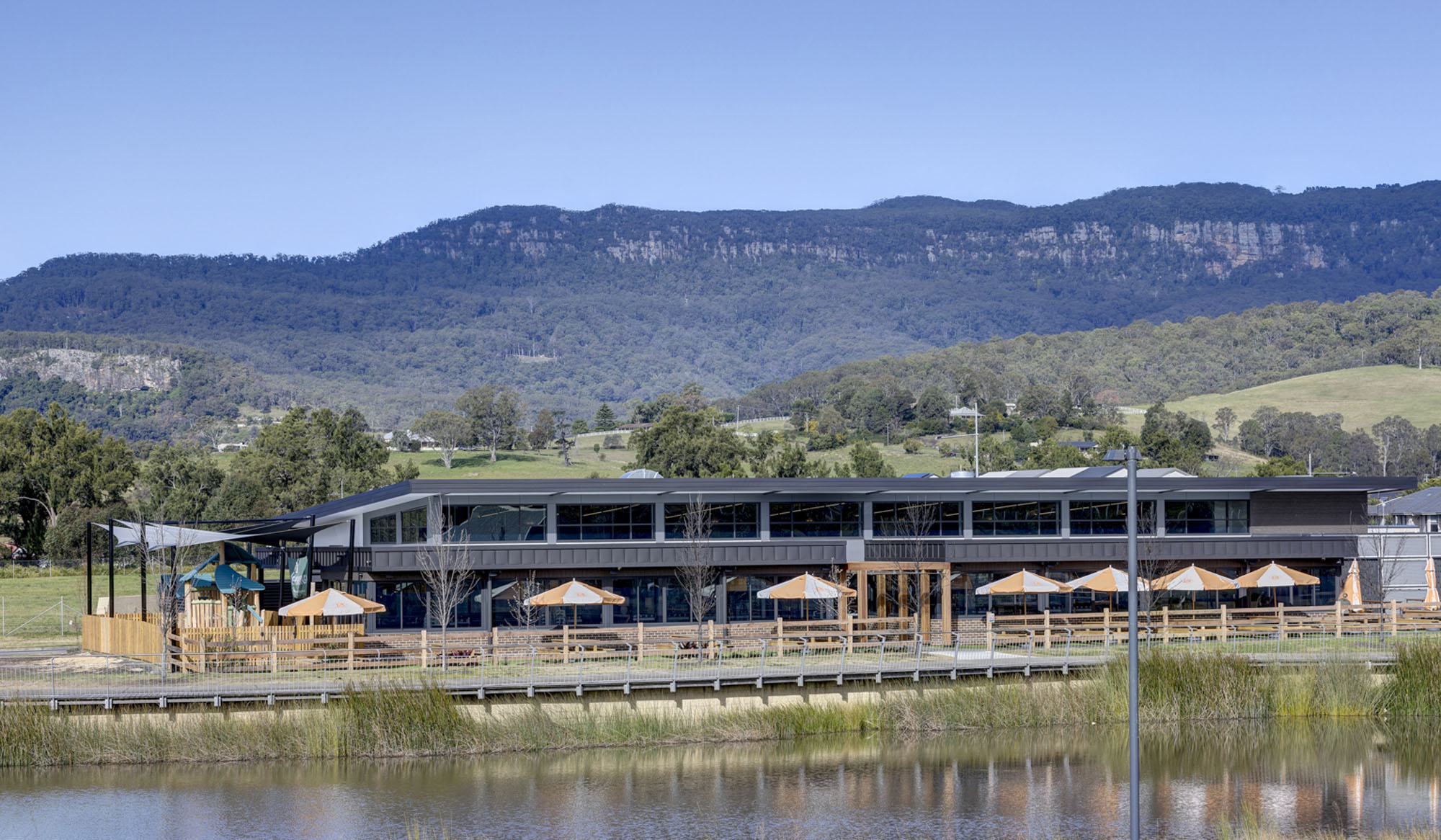MAJOR FEATURE
After decades and generations as a powerful force in the business of owning and operating pubs in New South Wales, Arthur Laundy and the team at Laundy Hotels, including burgeoning front man, Arthur’s son and former MP Craig Laundy, began approaching the industry’s opportunities in a fresh way.
Historically, the Laundy portfolio had come to include pubs all around metropolitan Sydney. Other than head office at Twin Willows, which was built by Arthur’s father in 1964, the group acquired and built upon existing pubs that had mostly been in their locations for many years.
A century ago, Sydney’s population density centred on the CBD fringe, giving rise to the pub on almost every corner seen throughout the inner west and city. But in more recent decades, as properties closer to the CBD became more valuable and less amenable to high-density solutions, an increasing number of people have been driven further afield.
Today the city’s most buoyant growth corridors, with steadily growing resident numbers, are the greater- and south-western regions. Thousands of homes are being erected for new residents, but the new communities are so far largely devoid of public amenity.
In 2018 the group began its first greenfield pub build in 54 years, and the first for patriarch Arthur. A year later the $40 million
Marsden Brewhouse came online. And in clear demonstration of the new direction, later the same year The Locker Room greenfield was launched, as construction on it had begun even before Marsden was finished.
Just as the pandemic struck, early 2020, Laundy had secured the derelict site of the burned-out Log Cabin Hotel, in Penrith. Disruptions were incurred and overcome, and a brand-new ground-up expression of the famous Penrith public house was unveiled in April 2022.
While the Locker Room, positioned within a stone’s throw of ANZ Stadium and amid thousands of commercial offices, is the kind of multi-use venue that caters to the weekday throngs and weekend hordes, the Log Cabin, and particularly the Marsden, are perfect examples of modern, well-designed hospitality venues catering to the increasing needs of a growing local populace.
WILL YOU COME BUILD IT?
Property development giant Lendlease were building homes on the outskirts of Penrith, west of the massive estates rising in and around Marsden Park. Lendlease planners had stopped in to eat at the Marsden Brewhouse and thought something similar would work at new sites the company had in the works, so they approached the Laundys.
MAJOR FEATURE
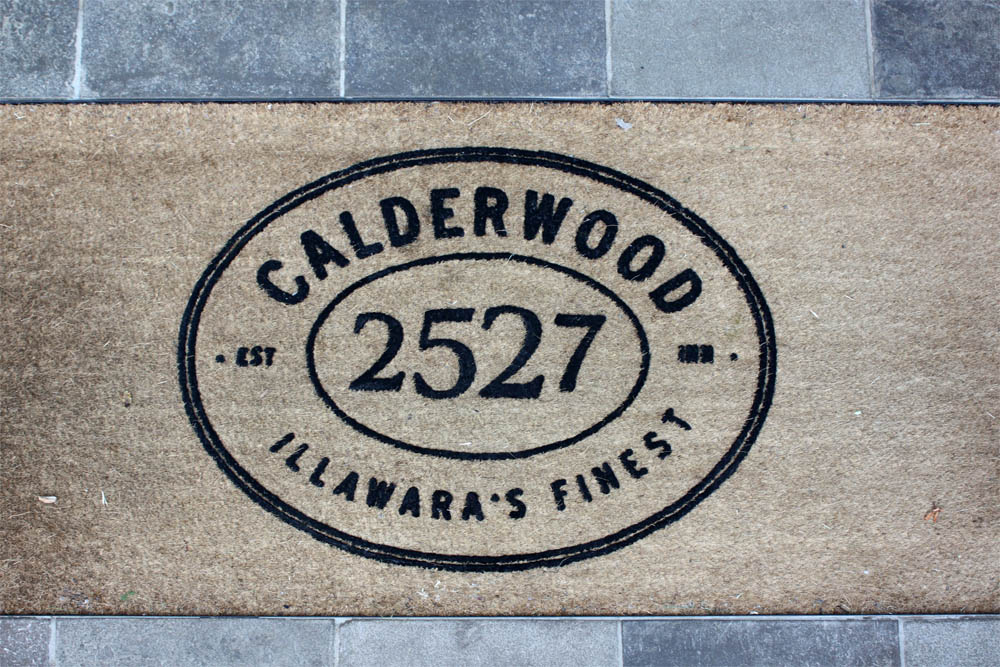
All parties being familiar with new constructions, plans and approvals were swiftly secured, and close to a year after works began the $20+ million Plough & Ale at Calderwood unassumingly opened in August of this year to what had become an expectedly warm welcome.
“It’s gone very well. Opened doing very big numbers, with no publicity,” Arthur reports. “I like soft openings … word of mouth, because now you can’t get the staff, and if you use inexperienced staff, it’s very hard to teach them while you’re getting hit for six.”
Since resuming a role in the family business, Craig has been working closely with old family friends at FDC Construction. As the Plough dives into the summer months, yet another Lendlease site is slated to open before Christmas.
THE LAUNDYS & FDC
Since the demise of the heady days of building a pub on every suburban corner, the ubiquity of alcohol has waned. No longer is there the infamous six ‘o clock swill, and enforcement has transformed the former practise of drink-driving, leading to a tightening by authorities of issuing new liquor licences. It had long been a business held at a higher standard, pegged to an individual of “good and proper character”, but the aspects of pubs increasingly seen as on the nose by some elements of society meant there was little incentive to create new public houses. A new, or ‘brownfield’ pub would almost certainly need a licence transferred from another already existing but now defunct pub.
However, in light of the urban sprawl seeing new communities surging into Sydney’s north-west and south-west growth corridors, the state government recognised that these new precincts would need ‘social infrastructure’, which includes pubs and clubs. As such, to build a new pub on a site that was suitably zoned for ‘permitted use’, the process changed to become basically the same as building a new house, simply requiring the appropriate DA.
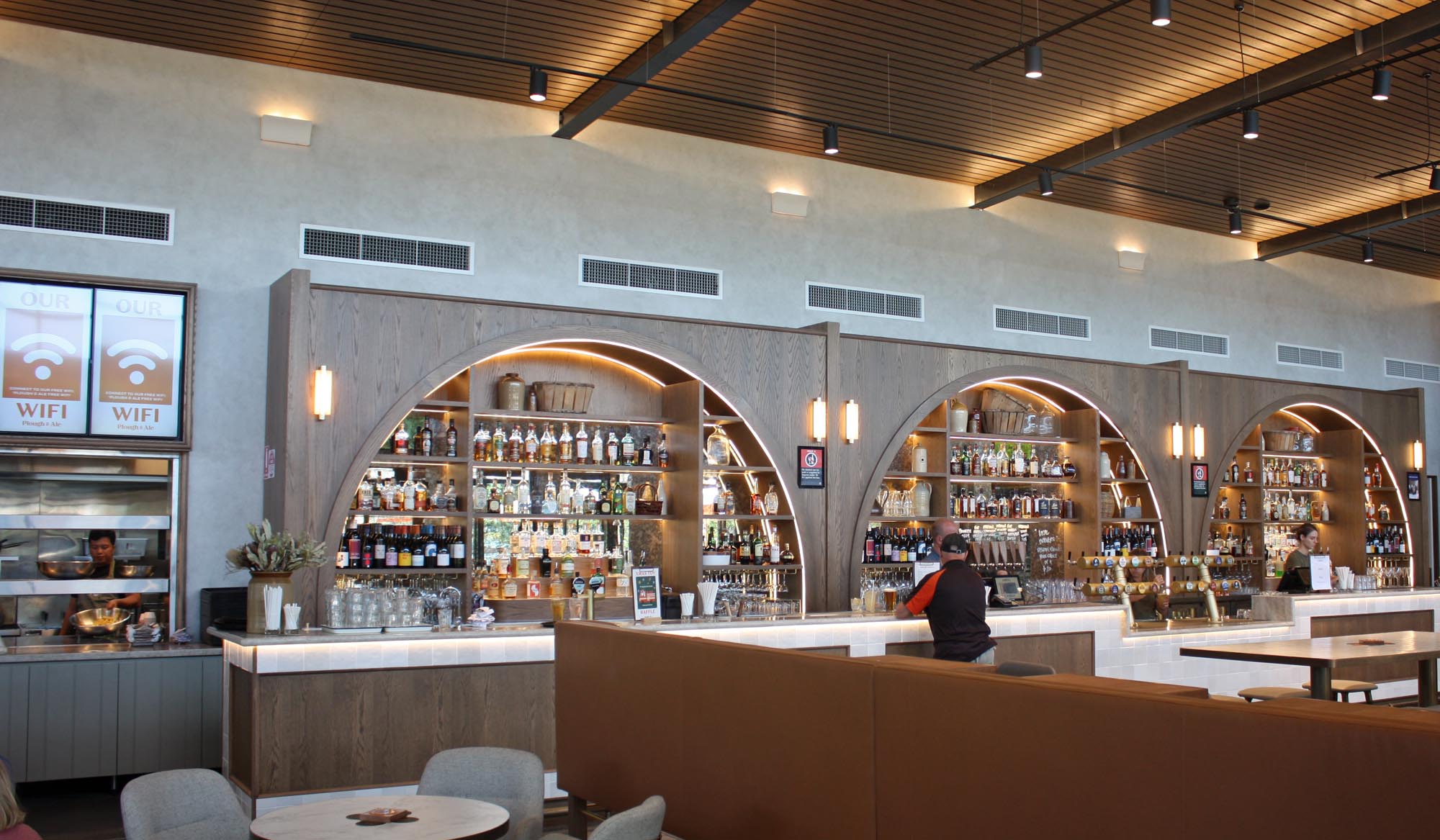
MAJOR FEATURE
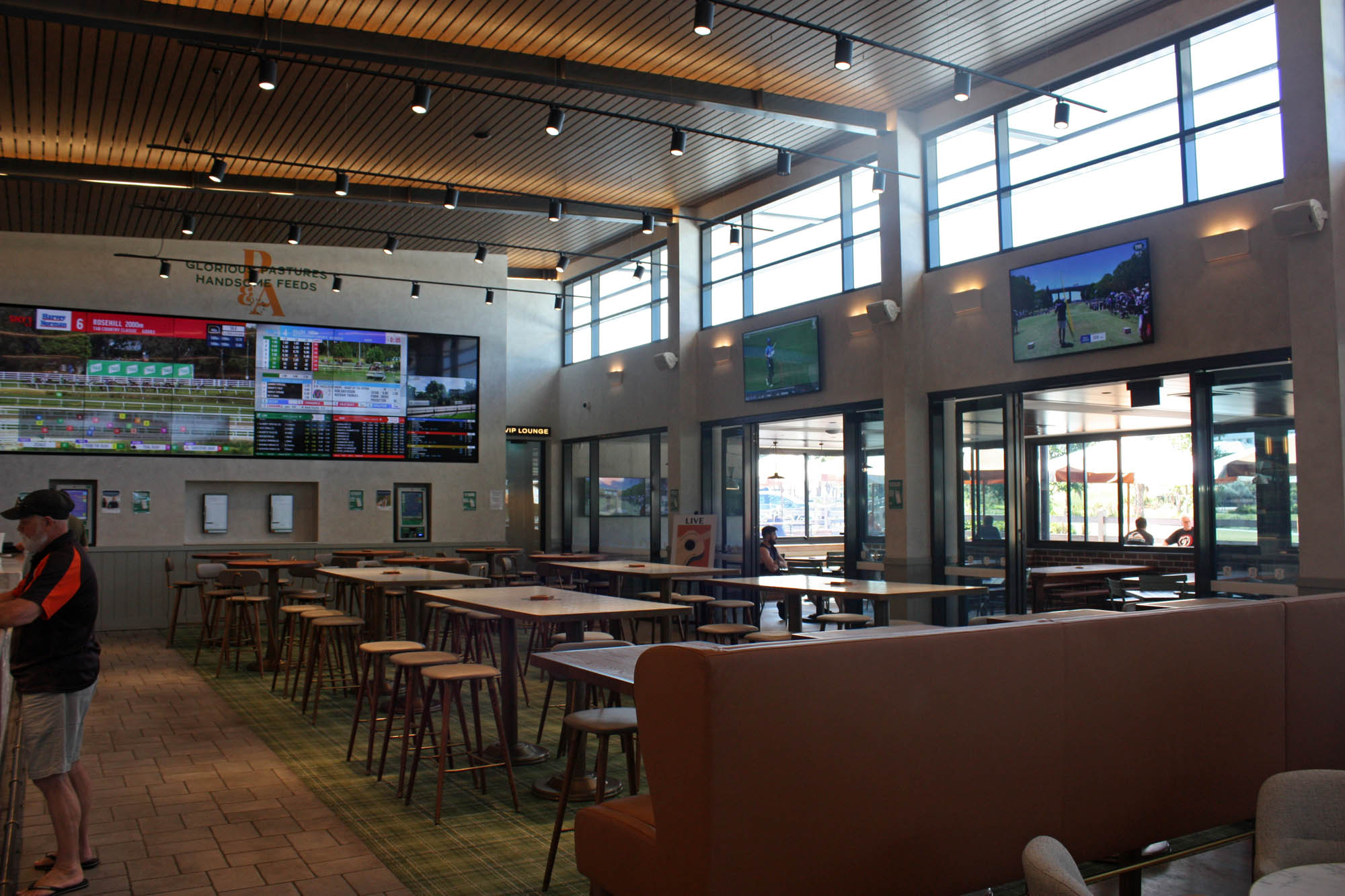
This prompted Craig to begin investigating areas where the population was growing and residential property being created, but which are or would be ‘under-pubbed’.
Having operated existing pubs in matured precincts for decades, the Laundys knew what they wanted to offer in these locations. The family had been friends for decades with the Cottle family, which are major partners in FDC Construction. The three new builds to date had all been done by FDC, which brought ‘know how’ to formulaic design and lowering construction costs, while identifying efficiencies in design and construction. FDC has become an active voice in early talks on sites and planning approvals.
And with the benefit of this relationship, opportunity has grown. Craig wanted to look at building a hotel with inside and outside areas that can cater for up to about 450 people. This is far smaller than the Marsden or Locker Room. The term coined internally for the idea was the “neighbourhood tavern” concept.
The process of site selection, assessment, design and eventual construction is complex and time-consuming. Many of the elements on different sites are the same, but with their own configuration. It occurred to them that rather than trying to reinvent the wheel for each new site, perhaps they could develop
something of a ‘plug-n-play’ style of planning based on site area and capacity.
Armed with the goal of a neighbourhood tavern of known capacity, much of the following due diligence can be done very quickly once suitable site(s) are identified.
In 2021 Lendlease got in touch.
“I went in to Barangaroo to sit with the boss there, and they raised two developments: Jordan Springs and Calderwood,” recalls Craig.
“As it turns out, Shellharbour Council were a lot quicker to process than Penrith Council, so the Plough came online a couple of months ago, and Jordan is nearing completion as we speak.”
The Laundy scion explains the ‘pub by numbers’ concept they came up with begins with the projected f&b revenue for the site, given its catchment. That then dictates the required kitchen and bistro areas, and car parking, and metreage allotment to each other section.
But the formula can be extrapolated beyond just the construction. For instance, once the numbers and square metres are set, the executive chef team can cover all other aspects of the kitchen operation.
MAJOR FEATURE
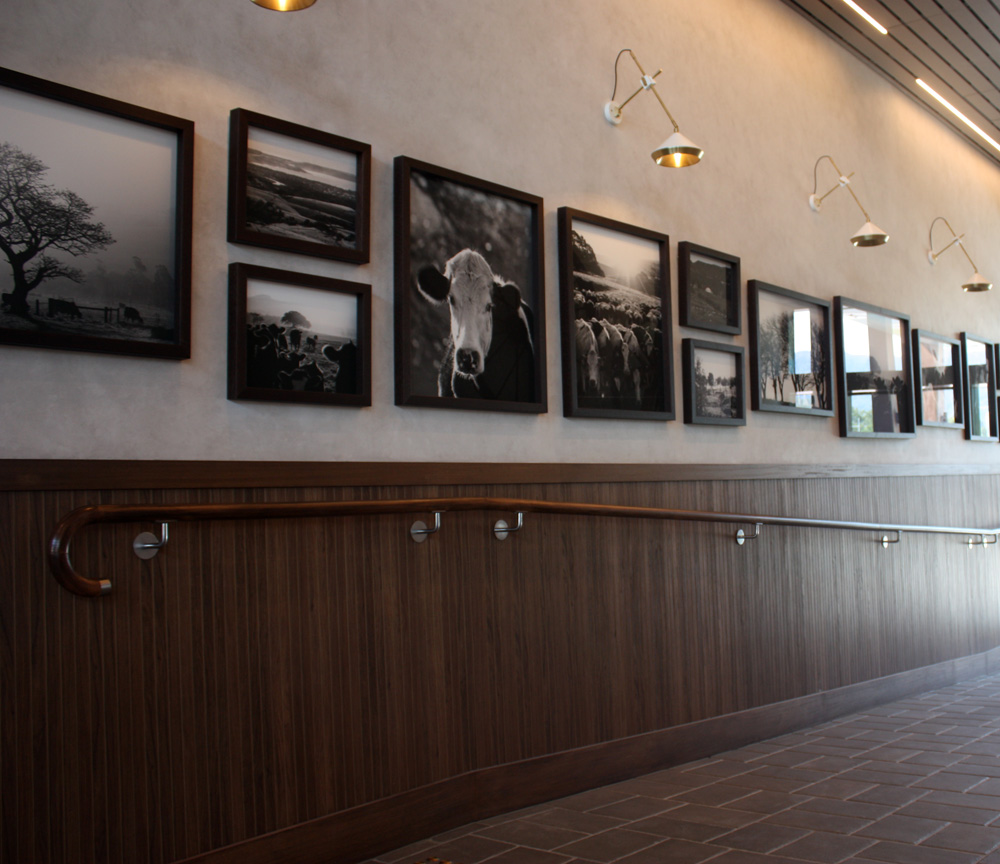
This plug-n-play method is behind both Calderwood and Jordan Springs. The two are architecturally quite different, the Plough based on the concept of a ‘modern pavilion’ while Jordan springs is a modern take on a farm barn, but the floorplans of the two are very similar.
Able to design from bare earth, the layout incorporates all goods entering both hotels coming in through a loading dock, straight into fridges or freezers before being used in the kitchen or being stocked into bar fridges. Nothing is ever walked through the hotel, meaning no impact on the customer.
Bolstering the build strategy was lessons learned from several times overcoming the same hurdles, in working with FDC and seasoned project managers.
“The experience together allowed us to think about it differently and a little bit more strategically,” says Nick Tindall, Arthur’s son-in-law.
“If we’re going to do this again, and we know we are going to do this again, what have we leant? And how do we apply that?”
MARKET RESEARCH
We’ve all heard the spirited adage of “build it and they will come” and yet many a dollar has been wasted by a publican’s gut suggesting they will come to the big new idea, and they didn’t.
It’s not enough to find a repeatable formula in a strategically growing region and deftly negotiate bureaucracy to create a greenfield local. Before investing tens of millions it is wise to ask the people that will be the patrons.
To this end, the branding and market research processes are being brought into the Laundy’s pub development plan far earlier, and then continued throughout to achieve a result that is fully
informed from start to finish.
Opposite the Calderwood site, Lendlease had already constructed a large play area, which was reportedly well populated by mums and prams, particularly on a Saturday morning.
“I went down then, early on a Saturday, and introduced myself to probably 50-60 young mums, with kids running around on play equipment,” says Craig.
“I pointed at the block of dirt across the road and asked them ‘if I was to build a hotel or pub there, how do you think it would go?’
“And all people, to a tee, said ‘please build it. We’d have somewhere to go’.”
The prospect at Jordan Springs was similar but different. Craig spent hours outside the Woolworths of a shopping centre down the road from the proposed pub, introducing himself to around 100 people and indicating the vacant land on the next corner as the possible site of a pub. Again, the suggestion was “overwhelming embraced”.
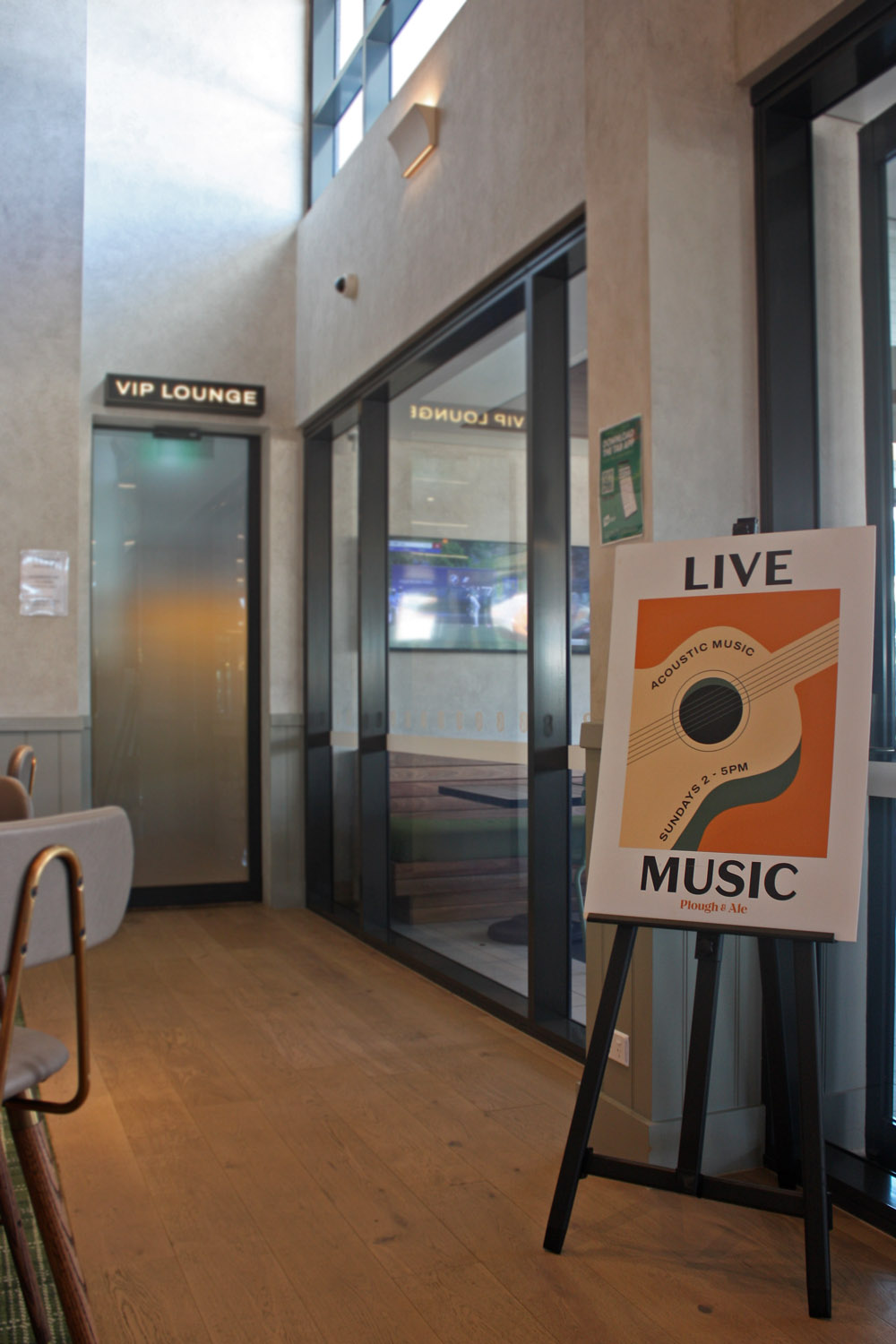
MAJOR FEATURE
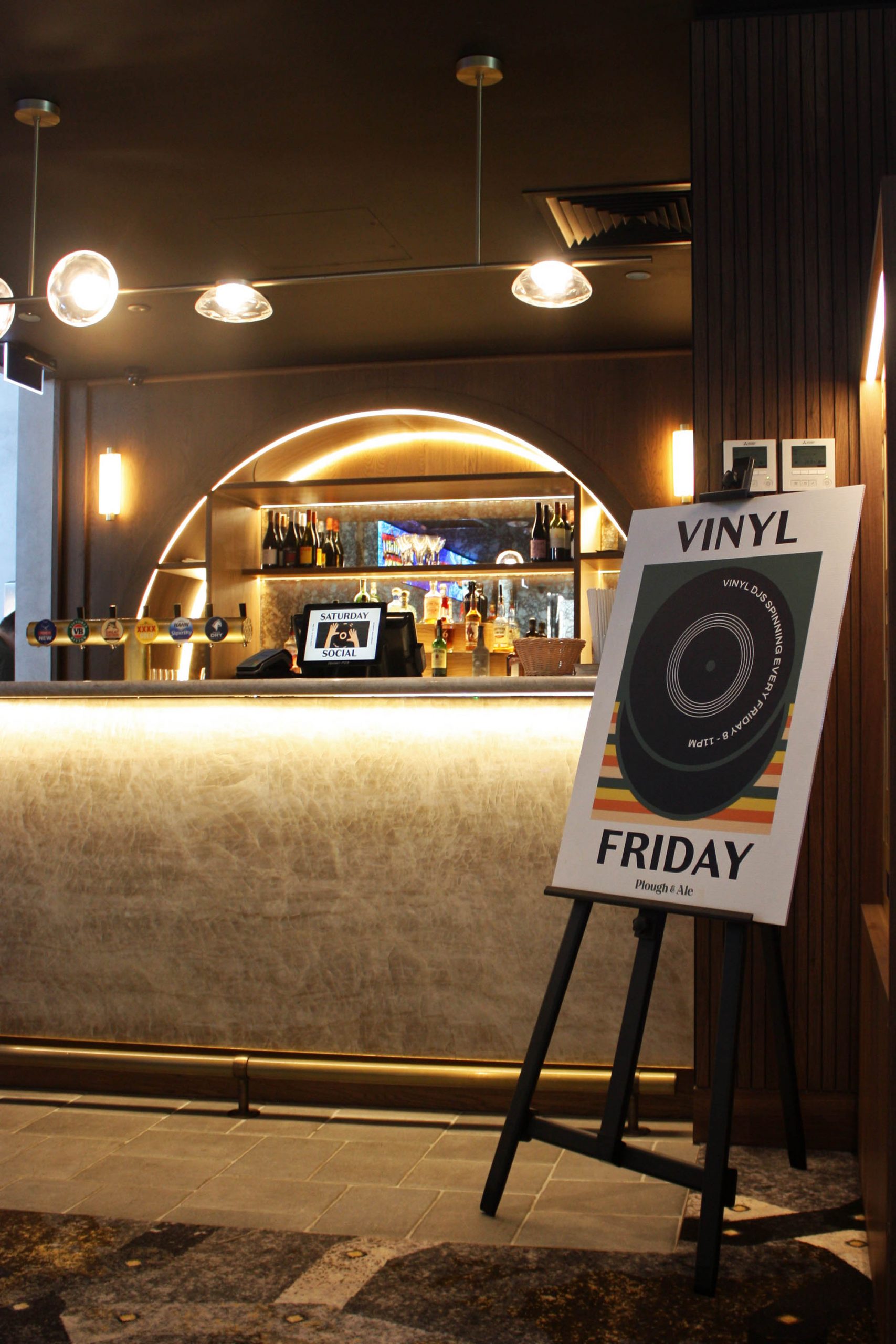
MAJOR FEATURE
LendLease is a global real estate company that invests in communities, workplaces, retail, and infrastructure projects. Highly conscious of its public image, the company maintains community Facebook pages, on which notices were posted regarding plans to lodge DAs for the pubs. These also garnered very positive feedback.
Conscious of negative media and political agendas around some aspects of pubs, particularly the role of gaming and potential for anti-social behaviour caused by alcohol, the Laundy-FGC partnership were prepared to address what came forth.
Craig reports push-back amounted to nothing when it came to gaming, although there were some concerns about patron behaviour. Lodged with the DA was an extensive plan of management to address anti-social behaviour, and the critics have been satisfied.
In further evolution of the game, the progressing hotel builds at these new sites became a further selling point for LendLease, pitching mortgagees to buy a block of land that’s already got somewhere close to go for a cost-effective family time out.
“It was a really good grass roots campaign,” furthers Craig. “From initial due diligence to keeping them updated as we achieved milestones, and obviously as we opened.”
PUTTING THEORY INTO PRACTISE
Not discounting any virtues in Marsden Park or Homebush, or even Penrith, whose community pined for the return of its beloved Log, the Plough & Ale was strategically designed and built to hit exactly on the themes that that market told them it wanted. This likely explains why Arthur says “they’re just going bonkers when they open”.
The thinking behind the design, such as the service entry logistics, bring further benefits down the road in aspects such as an improved labour component.
“You can put someone in charge of back of house, from loading dock to refrigerated, then from the cool rooms and freezers to the bar and the bistro. Both food and drink,” explains Craig.
“It’s a very efficient way to run a hotel. Also, a very good way to not impact the customers at all.”
Calderwood is a growing precinct about an hour beyond the southern edge of the Sydney metro, inland from booming Shell Harbour. Word has spread and there has been no shortage of nearby residents stopping in, and coming back.
“We’re happy because people are enjoying it and they’re voting with their feet.”
MAJOR FEATURE
Belying the tried and tested methodology of acquiring pubs and optimising their performance through capex, management and buying power, in recent years Laundy Hotels has taken a new avenue to the local, in build over buy.
In what was widely seen as a monument legacy to a career spent operating established pubs, built in the past, Arthur Laundy’s whopping Marsden Park was a big-splash bet on a new precinct with a tonne of potential.
The Locker Room might be better attributed to one-off opportunity in the state government’s broader scheme to migrate the core of Sydney toward the west, but the following Log Cabin, now Plough & Ale, soon Jordan Springs and pending Oxley Ridge, on the northern road at Oran Park, are textbook examples of new and necessary social infrastructure coming to precincts scheduled to grow. Oxley Ridge is another variation of the formula design.
The construction industry has been one of the worst hit by the supply chain disruptions stemming from the global pandemic. Age-old sources of essentials such as concrete and steel have struggled to deliver. Exotic materials, most especially those coming from overseas, have been delayed, damaged, short or simply unavailable. These challenges put further pressures on all works, often stretching timelines.
The Laundy-FDC approach at Calderwood has produced a welcoming local tavern set beside the Macquarie Rivulet, offering a modern bar, bistro/restaurant embracing its rural aesthetic and moniker, outdoor dining areas with sweeping views of the lake, gaming room, multiple function spaces, and a children’s play area.
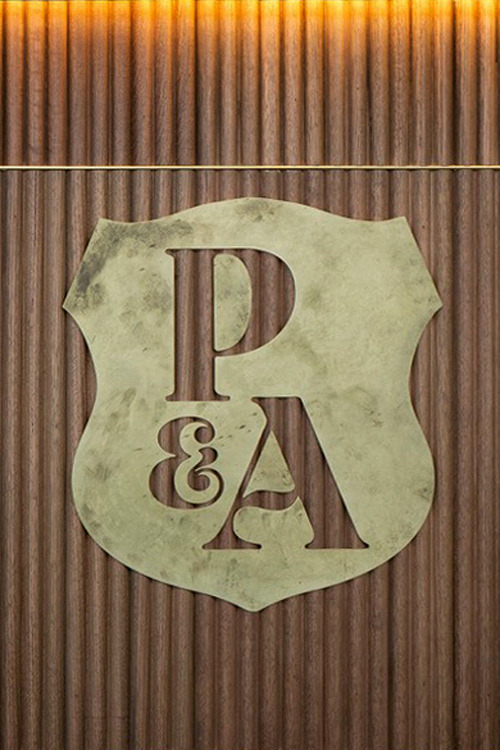
MAJOR FEATURE

The fine-tuned methodology has arisen from a collaboration between the publicans and builder based in a deep level of trust; one that goes back three generations, with grandkids working across the entities.
“FDC know how we think, because we’ve done so much with them,” says Craig. “So instead of sitting there and being totally directed by us, they’ve been valuable contributors to the discussions. It’s not just me and architects anymore; the builder is in the room.”
BEHIND THE SCENES
Site Demolition & Excavation:
Electrical Services:
Hydraulic Services:
Structural Steel:
JBG Contractors
D Frame
DM Plumbing
ASD
Site Demolition & Excavation: JBG Contractors
Electrical Services: D Frame
Hydraulic Services: DM Plumbing
Structural Steel: ASD
Glazing:
Partitions / Ceilings:
Timber Decking/Flooring:
Joinery:
Tiling:
Kitchen:
Mechanical:
Rammed Earth:
Security:
Signage:
Landscape:
Coastal Windows
DDI Group
Xcel
Beckton Joinery
Classic Tiles
Triple X Stainless
FDC Mechanical
Earth Dwellings Aus
Precise Security
Fremont Signs
RK Evans
Glazing: Coastal Windows
Partitions / Ceilings: DDI Group
Timber Decking/Flooring: Xcel
Joinery: Beckton Joinery
Tiling: Classic Tiles
Kitchen: Triple X Stainless
Mechanical: FDC Mechanical
Rammed Earth: Earth Dwellings Aus
Security: Precise Security
Signage: Fremont Signs
Landscape: RK Evans
